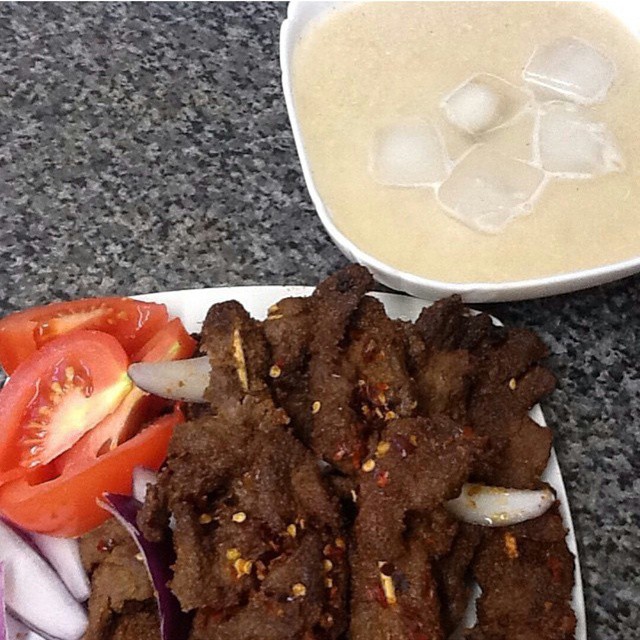A sickle cell crisis is a painful episode that occurs in people living with the SCD. This happens when sickle-shape red blood cells block blood vessels, preventing blood and oxygen from getting into the tissues of the individual, thus causing pains.
Sickling is dependent on multiple variables including hemoglobin concentration and hydration status, pH and degree of deoxygenation.
Crisis comes in different forms and causes discomfort, inflicting series of pain on individuals living with the disease.

Here we would be looking at a few of the common crisis associated with individuals living with SCD.
Joint pains:
This form of crisis is very painful, as the joints of that individual tends to get weakened and such person experience difficulties in moving those joints freely. The affected region becomes lame for some time.
This is caused by the inability of blood flowing in those region.
Care and Management:
- Regular intake of More Fluids will reduce its severity and occurrence rate.
- Less participation in tedious works.
- Drugs should be administered to such individuals
Back pain:
This crisis also is very painful as it could surface from no where. This form of crisis happens at the lower region of the vertebrae (the back). At this moment the individual having the crisis experience difficulties in sitting, lying flat or standing. This also could be as a result of a tedious work done earlier or also as a result of improper circulation of blood.
Care and Management:
- Less participation in tedious work during the day.
- The individual should avoid sleeping on a hard surface. He/SHe should sleep in a conducive environment
- Regular intake of fluids.
- Consumption of foods which aids in proper bone marrow functioning.
Prolonged Priapism: This is an involuntary, prolonged erection of the male organ which causes pain and discomfort. Priapism could generally affect any individual but it is common with individuals living with the disease. This form of crisis could be very painful and could last for as long as 2 hours. It is often caused by low level of oxygen in the body.

Most sickle cell crisis are caused by similar factors which are: inability/disruption of blood flow or circulation, exposure to cold weathers, dehydration, and engagements in tedious work.
Care and Management:
- Avoid being dehydrated. Regular intake of fluids
- Participation in activities that are less stressful and demanding
- Proper feeding
- Drugs can also be administered for severe conditions
Most of these crisis tends to occur at night while other could hit at any time of the day. However, proper care and management if given could help prevent or reduce the occurrence rate of these crisis.









